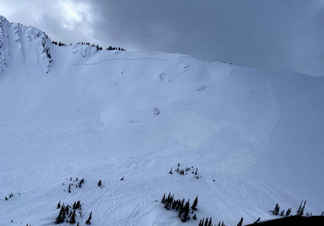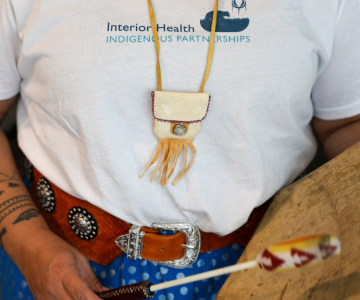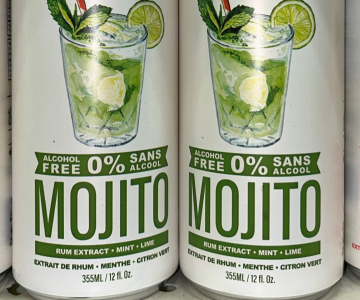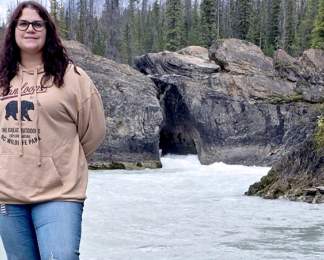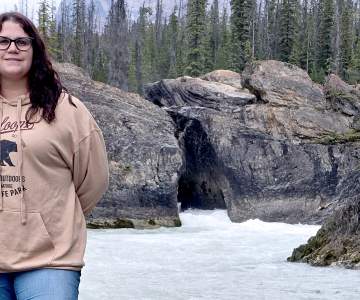Interior Health is urging people to be prepared and extremely cautious in the backcountry, with continued high and considerable avalanche danger forecasted in many areas of the B.C Interior.
“Being caught in an avalanche is a life-threatening situation that has already claimed twelve lives in the Interior Health region this season,” said Dr. Fatemeh Sabet, medical health officer, Interior Health. “Avalanche Canada continues to forecast a dangerous snowpack. There have been more than double the number of avalanche fatalities compared to the previous season and we are only halfway through the season. We urge everyone thinking of venturing into the backcountry to check www.avalanche.ca and make conservative choices, avoid dangerous terrain, and consider delaying a backcountry trip until conditions are safer.”
Avalanche Canada continues to monitor a deep, persistent slab avalanche problem for many areas across the Interior of B.C. This is causing very dangerous and highly unpredictable avalanche conditions. Avalanche Canada continues to encourage people to stay away from steep slopes and terrain, and to check: www.avalanche.ca for avalanche conditions and forecasts.
“We are dealing with a complex and very tricky snowpack. A widespread weak layer exists near the base of the snowpack throughout the Interior and it’s been the cause of most of the fatal avalanche incidents this season,” said Ryan Buhler, forecast program supervisor, Avalanche Canada. “This layer is deep enough that we are unlikely to see clues of instability, like nearby avalanche activity, ‘whumpfing’ or cracking snow. The only way to minimize exposure is to select low angle, low consequence terrain and avoid areas where an avalanche could propagate widely. It’s likely that this widespread weak layer will persist for the remainder of the season.”
Buhler added, “With sunny weather in the forecast, we are expecting the snowpack to become even less stable. We know sunny weather can create a false sense of security and lure people out into avalanche terrain, even though unstable conditions exist. Even 30 minutes of sun can have a significant impact on the snowpack at this time of year. ”
Avalanche Canada urges backcountry users to exercise caution and make conservative, low-consequence choices if they decide to travel in avalanche terrain. Backcountry users should always check the avalanche forecast at: www.avalanche.ca/en/map and carry a transceiver, probe and shovel, and be trained to use them.
Dr. Fatemeh Sabet, Interior Health Medical Health Office speaks about avalanche safety:
Avalanche Canada expects these conditions to last for the remainder of the winter season in many areas and potentially into the summer season. They advise using extreme caution if venturing into the backcountry.
Advice from Avalanche Canada:
- Avoid steep, shallow and rocky terrain features where the snowpack transitions from thick to thin.
- Everyone in a backcountry party needs the essential gear, such as a transceiver, shovel and probe, and the training to use them.
- Adopt a cautious mindset when in avalanche terrain.
- Be diligent about terrain choices. Sticking to slope angles of less than 30 degrees when in clearings, open trees and alpine terrain can help minimize risk.
- Slopes that previously avalanched this season have the capacity to produce additional large avalanches when reloaded with new snow. This means that knowing that a slope already had an avalanche on it does not mean that the slope is safe.
- Follow disciplined group decision-making, ensuring that each group member is engaged in terrain selection.
- Minimize exposure to overhead hazards, given that these avalanches can be remotely triggered and travel far in runout zones.
- Travel one at a time when exposed to avalanche terrain and regroup in safe spots well away from overhead hazards.
- Avoid exposure to terrain traps, such as gullies, cliffs and trees, to reduce the risk of being caught in an avalanche.
- Practise patience, avoid complacency and accept that you may need to manage this risk for weeks or months to come.
Quick facts:
- During the past 10 years, approximately 73% of all Canadian avalanche fatalities have occurred in B.C.
- Approximately 85% of Avalanche Canada’s services are delivered in this province.
Learn more:

